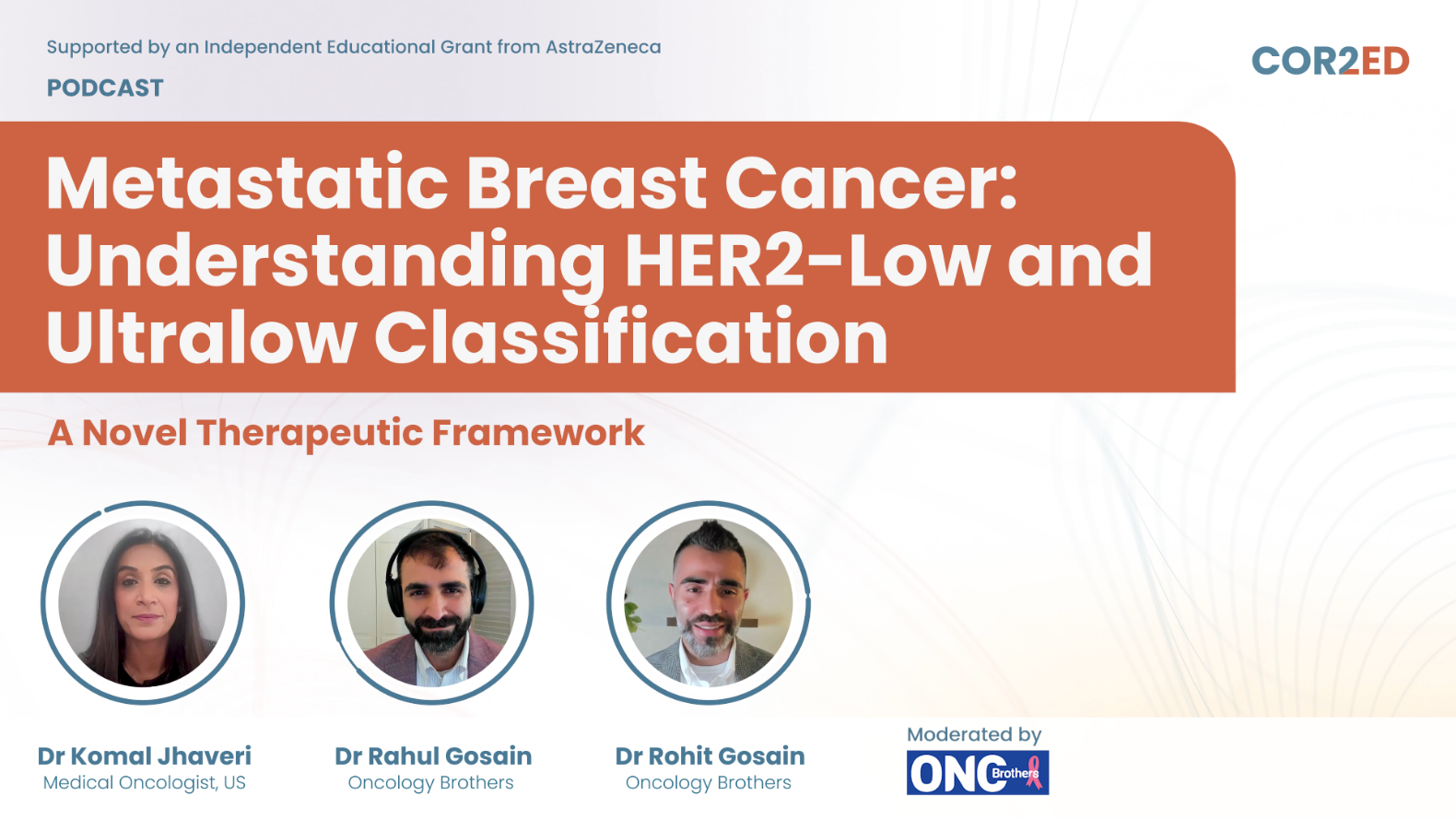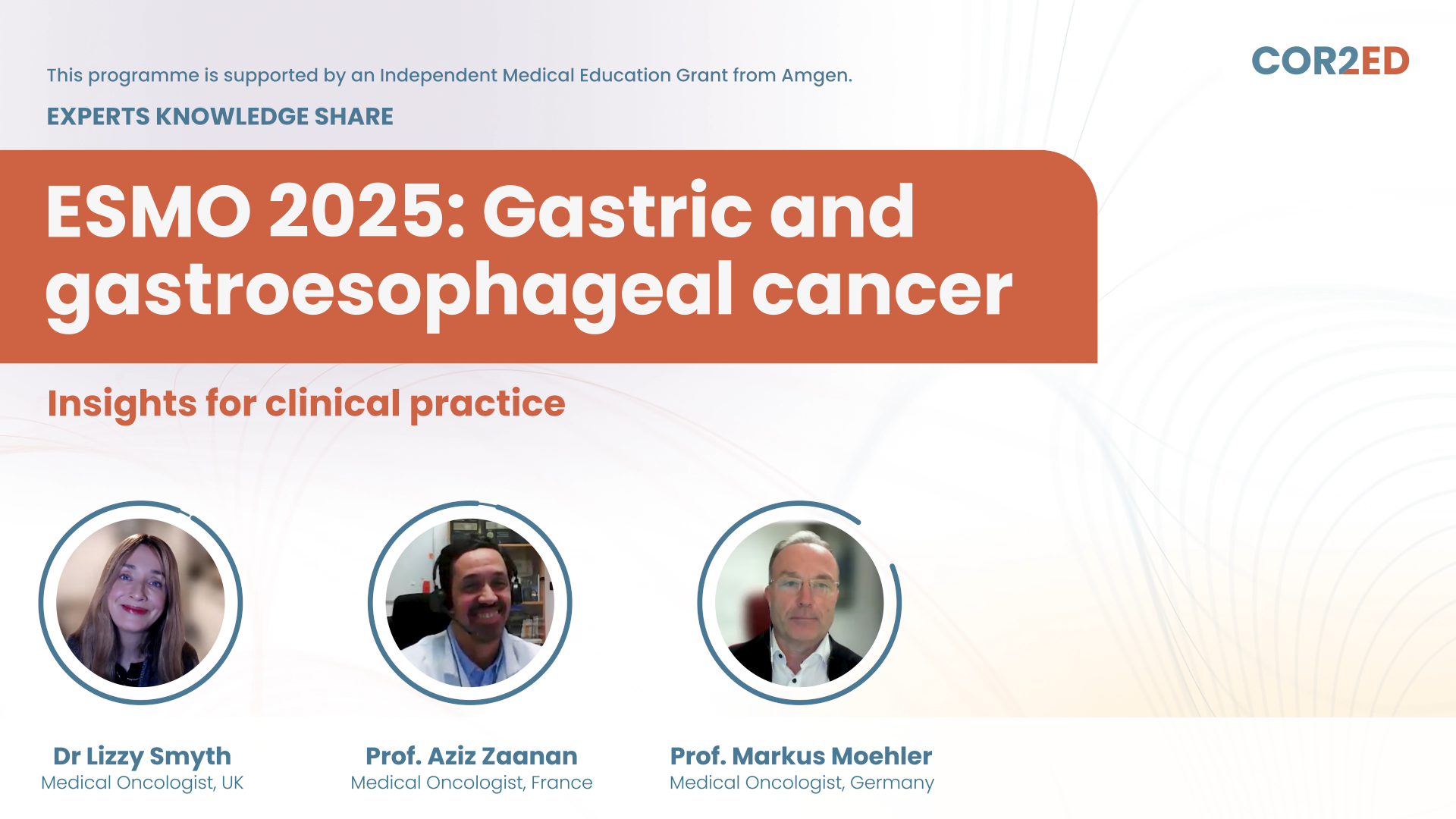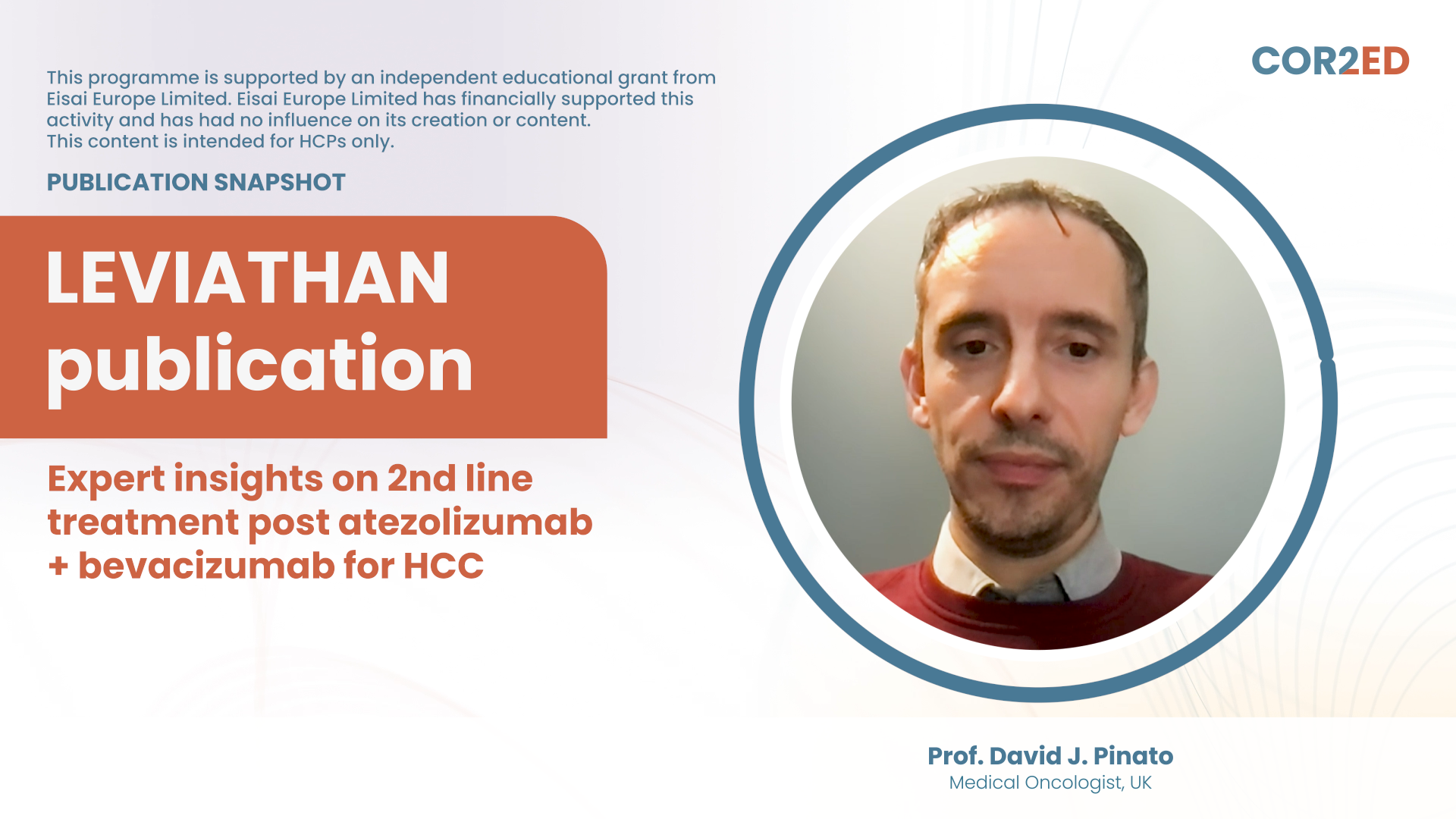Dr Rahul Gosain
Welcome back to the Oncology Brothers podcast. I'm Rahul Gosain, here with my brother and co-host Rohit Gosain. Today we're kicking off a four-part series on hepatocellular carcinoma (HCC).
We'll start off with first-line treatment options, then we'll switch gears to focus on second-line treatment options. Thereafter, the last two discussions will touch on the evolving space of intermediate HCC. Coming back to this our first session, let's talk about IO and IO combinations in advanced unresectable HCC. To cover this we are joined by Dr Rachna Shroff, a Medical Oncologist and the Chief of Hematology and Oncology at the University of Arizona Cancer Center. Rachna, welcome.
Dr Rachna Shroff
Thank you both so much for having me.
Dr Rohit Gosain
Thanks very much for joining us. Diving into our topic, which is first-line treatment options for hepatocellular carcinoma. We have seen few options evolve through the course here. Before committing to any of our patients with these treatments, it is important to keep medical comorbidities in mind along with liver function. If you don't mind touching on the front-line treatment options where this is rather evolved, and the most likely option that we have been utilising is all immunotherapy based now.
Dr Rachna Shroff
Absolutely. It's such an exciting and different landscape for treating hepatocellular carcinoma or liver cancer. You know, we've really moved into the immunotherapy space as you suggested. And it is a really complex disease because the underlying liver cirrhosis really plays into how we approach these patients and how they do in terms of overall prognosis.
But in terms of newly diagnosed advanced hepatocellular carcinoma, we really have immunotherapy as the mainstay. And that really was first brought about with the IMbrave150 data. So this was the study that looked at atezolizumab and bevacizumab, a monoclonal antibody, anti-VEGF, that's bevacizumab, with a checkpoint inhibitor and that is the atezolizumab. And that was compared to what was our standard of care at the time, which is sorafenib. And you know, this study initially came out in 2020, but then there was subsequent additional longer-term follow-up and data that was then published. And with the updated analysis, which was a median follow up of about a year and a half, like 15.5 months, the atezolizumab and bevacizumab arm did continue to statistically significantly improve overall survival. The median overall survival in this arm was 19.2 months, compared to sorafenib which was 13.4 months. Similarly, we saw an improvement in progression-free survival as well, from 4.3 months to 6.9 months, and an objective response rate of 30% with the atezolizumab+bevacizumab arm, compared to about 11% with sorafenib.
So just all the key efficacy endpoints with longer term follow-up that was proof of principle that in patients with preserved liver function, so all of these studies are Child-Pugh A cirrhosis patients, meaning early-stage cirrhosis, that there is an immunotherapy option with atezolizumab and bevacizumab.
But like you mentioned we also have additional options now and that's what's really making this interesting, a little bit more complicated but somewhat exciting. And so the second option that really came about was based on the HIMALAYA study. So the HIMALAYA study was a large global study as well that looked at combination dual immunotherapy approach. And that was historically called the STRIDE regimen. But basically is one dose of tremelimumab, which is an anti-CTLA-4, with durvalumab. And it was actually initially a three-arm study. So it was the STRIDE regimen, tremelimumab+durvalumab, versus single agent durvalumab versus sorafenib. But the study was really looking at overall survival of the STRIDE regimen versus sorafenib. And so when the HIMALAYA data first came out, it was a positive study.
But what was really exciting at ESMO just this year, a couple months ago, we saw the updated five-year overall survival. And again, importantly, with longer-term follow-up,
we are seeing continued statistically significantly improved survival with the durvalumab+tremelimumab versus sorafenib. And I just want to remind everyone that the STRIDE regimen is just a single dose of the anti-CTLA-4. So it's tremelimumab x 1 with durvalumab followed by durvalumab alone.
And with this regimen, the median overall survival with STRIDE was 16.4 months versus 13.7 months with sorafenib. But as we typically look for in immunotherapy, what was really impressive about this was that separation of the curves. And so when you look at that Kaplan-Meier with the longer-term five-year OS data, the landmark 60-month overall survival, with the STRIDE regimen, 19.6% at the 60-month mark versus 9.4%. So 1 in 5 patients still alive at the five-year mark with advanced hepatocellular carcinoma, which is just incredible. And so it's just really kind of proof of principle that with newly diagnosed hepatocellular carcinoma patients, we have options, both with the VEGF plus IO approach and then a dual IO approach.
And then again, just to kind of complicate but make things equally exciting, is we now have a second option in that dual IO approach. And that's based on the CheckMate-9DW study, which was basically a study that looked at again, anti-CTLA-4 with a checkpoint inhibitor nivolumab with ipilimumab compared to investigator choice. So here people were given the option of giving lenvatinib or sorafenib. Because by the time this study was designed lenvatinib was an option for front-line treatment. And so in this study the anti-CTLA-4 was given up to four cycles, and so there's a little bit more of an anti-CTLA-4 compared to the durvalumab+tremelimumab approach, and then nivolumab was continued. And the primary endpoint was overall survival.
And again at ESMO this year we kind of saw updated median OS data with a median OS of nivolumab+ipilimumab at 23.7 months versus 20.6 months in the investigator choice arm of lenvatinib or sorafenib. And again, separation of the curve with a three-year OS landmark rate at 38% versus 24%. So, again, a dual IO approach with a little bit more use of the anti-CTLA-4, kind of, more longer term ipilimumab versus the durvalumab+tremelimumab.
So really three options. And you know it's hard to know exactly where to start with kind of teasing it out. But what's really great is, depending on your patient, you can hopefully find an immunotherapy option for them.
Dr Rahul Gosain
Wow. These are exciting times.
Rohit started off by talking about the landscape shifting. Rachna, you touched on this, most of the comparator arms were sorafenib or Lenvatinib because we did not have any better options. And now here we are, be it because of IMbrave150 or HIMALAYA/STRIDE regimen or CheckMate 9DW, we have a few options. You touched on lenvatinib. Recently we also saw a combination of pembrolizumab with lenvatinib here (LEAP-002), which is indeed a negative study, but coming back to our available options Rachna, how do you decide one over the other? Who's the right patient? What are we looking at in our clinic?
Dr Rachna Shroff
I think that's, it's such a good question.
I mean, at the end of the day, there are some small nuances in terms of eligibility between IMbrave150 versus HIMALAYA, for instance, in terms of patients who were included with Vp4, basically portal vein involvement, which was, you know, tends to be a poor prognosis, if you will, if there's kind of main portal vein branch involvement. But the honest truth is in clinical practice, I think it really just kind of comes down to potential side effects and/or kind of the nuances of how often patients want to come and things like that. So for instance, with the atezolizumab+bevacizumab regimen, with the study, everybody had to have an endoscopy because with an anti-VEGF you worry about the risk of variceal bleeding in patients with known cirrhosis. And so, you know, there are some people who may have varices that are at risk of bleeding. There are some, I hear from a lot of community physicians, sometimes it's just hard to get an endoscopy quickly and to get a look at the varices to see if there's anything of concern. And so in those patients, you know, is STRIDE an easier option, because you're not worried about that bleeding risk. I think there's a lot of people who really appreciate the one-time dose of the tremelimumab and then, you know, coming back every four weeks which is, unfortunately, with a lot of our hepatocellular carcinoma patients, there's a lot of other psychosocial components that go into their management. And so transportation issues, availability and time off work, I mean, these are real-world problems that we deal with. And so I think some of those things are really the ones that play in.
Now Checkmate 9DW, you know, we don't have it FDA approved yet but I would imagine it may or may not be soon, I would think. And there again, there is the anti-CTLA-4
priming that happens a little bit more regularly. And so it'll be interesting to see what the uptake is. And I know we'll talk about safety shortly, but it'll be interesting to kind of see if people again, from a real-world perspective, just prefer that one-time anti-CTLA-4 so that they can then just get their one drug every four weeks. I think that remains to be seen.
Dr Rohit Gosain
Well thanks very much for stressing the importance of at least three options, but two of them are FDA-approved and we'll have to just wait for how nivolumab+ipilimumab turns out. When talking about atezolizumab+bevacizumab as you stress that we have stronger data when it comes to portal venous thrombosis, on the contrary to that is durvalumab+tremelimumab with one single dose of tremelimumab.
Longer term, a five-year survival data is looking promising as you stated as well. Now in community we have to get used to the side effect profile with what you stated, with bevacizumab concerns of bleeding. While with durvalumab+tremelimumab, we are aware about the immune related side effects. Any important clinical pearls that you'd suggest for us to keep in mind, especially with durvalumab+tremelimumab and atezolizumab+bevacizumab?
Dr Rachna Shroff
There’s what we saw in the trials and then there's the like actually clinically relevant and issues that we deal with. And I will say, and I don't know what your all experience has been, but with atezolizumab+bevacizumab you know, the study mandates and thus our chemo orders or our treatment orders basically have us check, for instance, for the urine protein.
And, you know, at the end of the day, proteinuria we know is a known side effect of bevacizumab. But a lot of our HCC patients with cirrhosis already have proteinuria, right? So how much I put stock in some of those things that were obviously important treatment related adverse events that were looked at in the study, I think is not as much of a concern as the things related to risk of bleeding, as well as hypertension that can come from bevacizumab because any sort of general hypertension in an underlying patient with cirrhosis can become clinically relevant just depending on what happens with the hepato-renal components to hypertension. But in general, I will say we've been using tyrosine kinase inhibitors in these patients and Lord do those have their own set of problems and so I think it's a relatively well tolerated regimen.
Similarly durvalumab+tremelimumab, you know, yes we obviously are always worried about immune-related adverse events, both with the atezolizumab from the atezolizumab+bevacizumab as well as with a dual IO approach like STRIDE. But the honest truth is that there was really no surprising safety signals that came out from the HIMALAYA study and the immune-related adverse events were relatively rare and relatively mild and manageable with steroids or treatment interruption and things like that.
And then the updated five-year data just kind of again, showed that there was really no new signals, safety signals that came out. I think the biggest concern, obviously, with immunotherapy in patients who have hepatocellular carcinoma and again, have underlying cirrhosis is hepatitis, like an autoimmune hepatitis type of picture. And thankfully, at least in the IMbrave150 and HIMALAYA data, it was actually relatively rare.
I will say in clinical practice when and if I see it usually it's mild and it's not requiring treatment discontinuation or steroid use or things like that. So I think that's the beauty of the immunotherapy changes that we've seen with the landscape, because not only are they great in terms of efficacy, but they're overall pretty well tolerated.
Dr Rahul Gosain
And again, the side effects from atezolizumab+bevacizumab or durvalumab+tremelimumab are not trivial, but in community at least we're so used to using these drugs now. Dual checkpoint inhibitors, we use it for lung cancer. Of course, we've used atezolizumab+bevacizumab now for a period of time. So I do think that there is comfort around these two regimens as well.
Rachna, are you swayed one way or the other by the cause of underlying cirrhosis or HCC viral versus any other etiology? Are you picking one treatment over the other based on that?
Dr Rohit Gosain
And also just to add to that, so sorry, before you answer. And does Child-Pugh rather dictate your treatment options here as well?
Dr Rachna Shroff
You know, I think those are again really good questions. And I think the short answer is I don't right now. In terms of etiology and making those decisions, I mean, we know that there is a potential signal that viral hepatitis may be a little bit more immune-responsive. But the honest truth is that none of that has been prospectively validated. It's all been looked at in kind of exploratory analyses that are not powered to answer those questions. Right? And so to me, especially in the US, where nowadays our etiology is really more fatty liver metabolic syndrome, leading to more of a NASH picture, and our NAFLD and NASH and then subsequent HCC development.
And hepatitis B has never been a huge problem, and hepatitis C is curable now. I think in general thankfully in clinical practice I haven't had to sweat it, I guess, too much. It's really interesting. I mean, I know we're not talking about camrelizumab+rivoceranib, but the CARES-310 data with camrelizumab and rivoceranib where majority done in Asia with a very hepatitis B heavy population. I mean we do not have that FDA approved because there is questions of, you know, how much that viral hepatitis component really drove this. And so I think the jury is still out. But as of right now in the day-to-day, no, I don't I don't use that as a determining factor.
In terms of Child-Pugh, you know, I think Kudo’s et al., I believe the atezolizumab+bevacizumab investigators are doing a Child-Pugh up to B7 study looking at atezolizumab+bevacizumab prospectively. And I believe there's maybe a couple of investigator-initiated trials that are also looking at STRIDE and up to a Child-Pugh B7. Because again, when you talk about the real world, I mean, most of my patients, we're lucky if we get a Child-Pugh A, most of them are these Bs that are teetering, you know, and thankfully, at least in my anecdotal experience and from talking to other investigators around the country, patients tend to do well. I mean, the honest truth is, is that so much of this is that fine balance between how much the hepatocellular carcinoma is taking over liver parenchyma and contributing to the worsening liver function versus the underlying cirrhosis, and that chronic kind of slow burn, if you will, in terms of liver health. And so, you know, I think that is the right trials to be doing is let's look in, in the patients that we actually see as opposed to these marathon runners, these Child-Pugh A type of HCC patients, but as of right now, again, I case by case make the determination. But Child-Pugh B7s with massive ascites look a little bit different than Child-Pugh B7s because they have a slightly elevated INR from underlying liver function.
Dr Rahul Gosain
In the real world, we're actually extrapolating this data day in day out. A good B7, we treat them as Child-Pugh A and we offer these treatments, even though again, the initial studies were done on better liver function. But like you mentioned Rachna, a poor B7, you have to be very cautious on how far you're going to push them. While we're talking about all our treatment options, I'm going to push you a little more on the CheckMate 9DW as well. Not FDA approved right now, as you mentioned, more anti-CTLA-4.
Is this another ‘me-too’ combination? When I have the STRIDE regimen, at least in my practice, even if this was to get approved, I don't think this will change my practice. Am I missing anything? Can you touch on this a little if there's dual checkpoint inhibitors? Another ‘me-too’ drug, or how do you see that will shift the practice?
Dr Rachna Shroff
It's such a great question. I mean, right now a lot of people are touting that again, it's an apples and oranges comparison. But the median OS is quote-unquote ‘better’ than what we've seen so far, and that the objective response rate, which is like around 36%, is quote-unquote ‘better’ than what we've seen before. But I agree with you. I mean, you know, when you look at the treatment-related adverse events at the end of the day, you know that Grade 3/4 on the nivolumab+ipilimumab arm was about 41% of patients. And, when you look specifically at immune-mediated hepatitis, that was a little bit more pronounced than we have seen in the other IO studies. And so a lot of that kind of underlying hepato-biliary disorders, as they classify it, it makes me a little nervous. I mean, I think it was around 11% of patients who had Grade 3/4 hepatobiliary issues. And that's not insignificant in our HCC patients because coming back from that can sometimes be really difficult to help our patients kind of reverse that kind of liver damage, if you will.
So again, I think that real-world applicability and using it in real situations will help us. I know that a lot of people who are not me, who are community oncologists and have been using nivolumab+ipilimumab for years in other diseases might be more comfortable with it, but I don't think we can under estimate the impact of cirrhosis and underlying liver disease on giving nivolumab+ipilimumab so I'm going to be a little bit cautious, I think.
Dr Rohit Gosain
While talking about what the future looks like Rachna, what do you think is on the horizon for the treatment of unresectable hepatocellular carcinoma in front-line?
Dr Rachna Shroff
First of all, there's a lot of really interesting add-on approaches, whether that be, you know, other immunotherapy modulators like anti-TIGITs and what adding in a checkpoint plus TIGIT plus... that sort of approach could be. There's obviously still interest, clearly, if you look at the CARES-310 and even some of the other data that came out of ESMO, a TKI and an IO combination, like you mentioned, LEAP was disappointing, the lenvatinib+pembrolizumab combination, and so was the cabozantinib+atezolizumab combination. But I think there's still people looking at some of these approaches. To me the most interesting space is really the combination multi-modalities approach as well. So there's a lot of interest in understanding that things like liver-directed treatments like radioembolisation and trans arterial chemoembolisation can help. And you know, it's already being looked at like with the EMERALD-1 study looking at intermediate stage.
Even in the advanced setting, we know that the morbidity and mortality that comes from HCC is from the disease in the liver, right? And so is there a benefit, even in advanced HCC to combine these multi-modality approaches with now these IO approaches? I think there's a lot of interest in that. And then of course, there's, you know, a lot of hope for cell therapy approaches, CAR-T's and looking at specific potential targets, if you will, that are pervasive in hepatocytes. So I think there's a lot going on in the front-line space. And, you know, I jokingly say that it's now a good problem to have, that we have a wealth of options. And hopefully that allows for patients who don't qualify for one drug or one regimen to have another regimen option available to them.
Dr Rohit Gosain
You know, the future certainly looks exciting. In the community we need to make sure that we give access to our patients to these clinical trials that will potentially become new standard of care treatment in the near future.
Rachna, just before we close, any final thoughts or key takeaways for our listeners treating unresectable HCC?
Dr Rachna Shroff
My key takeaway is I jokingly say that like 15 years ago when I started being a GI Oncologist there was no way I was willing to treat HCC because all we had was sorafenib, and now it's just such a different space. I mean, people are living longer. They're living well while they're living longer. They're sometimes dying of other causes as opposed to their HCC. I mean, it's just such a great time to be involved and to watch this landscape change so rapidly and in such an impactful way. So, I mean, it's just there's so much more coming.
Dr Rohit Gosain
Exciting times, and immunotherapy has truly been the treatment of choice here and continues to evolve, with some combinations here.
Thank you so much Dr Shroff for sharing your thoughts with us today.
For our listeners, let us go over a quick recap on today's discussion. And remember, this is the first of four-part series of hepatocellular carcinoma.
In today's discussion with Dr Rachna Shroff from University of Arizona Cancer Center, we had a chance to focus on first-line treatment options in unresectable hepatocellular carcinoma, particularly our available options for IO and IO combinations, keeping patients’ medical comorbidities and their underlying liver function status is so critical.
Dr Rahul Gosain
In first-line, we have options of tyrosine kinase inhibitors or atezolizumab+bevacizumab based off IMbrave150 or durvalumab with tremelimumab based off HIMALAYA or STRIDE study. Each available option comes with its fair share of unique side effects and recognising this is equally important.
Thank you for joining us. Make sure to check out our other discussions in this series over the next few months. We also look forward to seeing you in person at GI ASCO 2025. We are the Oncology Brothers.
Tonke de Jong (COR2ED)
If you enjoyed this podcast and want to find out more then please look for the "Oncology Medical Conversation Podcast" under the account of COR2ED Medical Education.
Also don’t forget to rate this podcast, subscribe to our channel and share it with your colleagues.
Thank you for listening and see you next time.
This podcast is an initiative of COR2ED and developed by HCC CONNECT, a group of international experts working in the field of oncology. The views expressed are the personal opinions of the experts and they do not necessarily represent the views of the experts' organisations, or the rest of the HCC CONNECT group.
For expert disclosures on any conflict of interest please visit the COR2ED website.

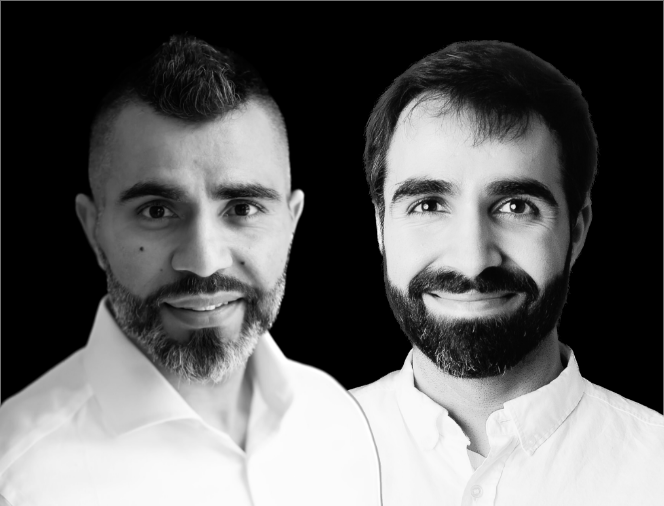


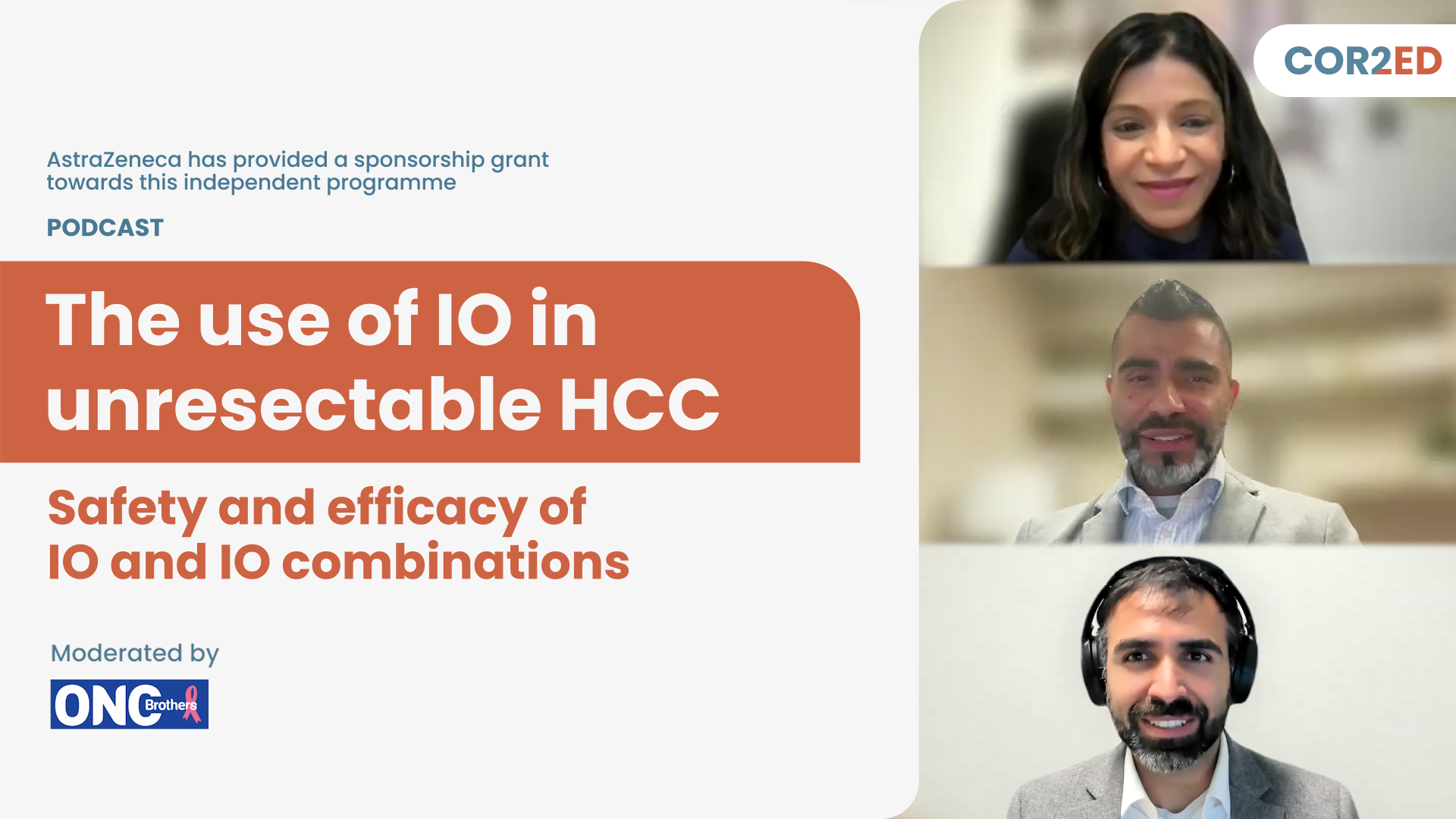
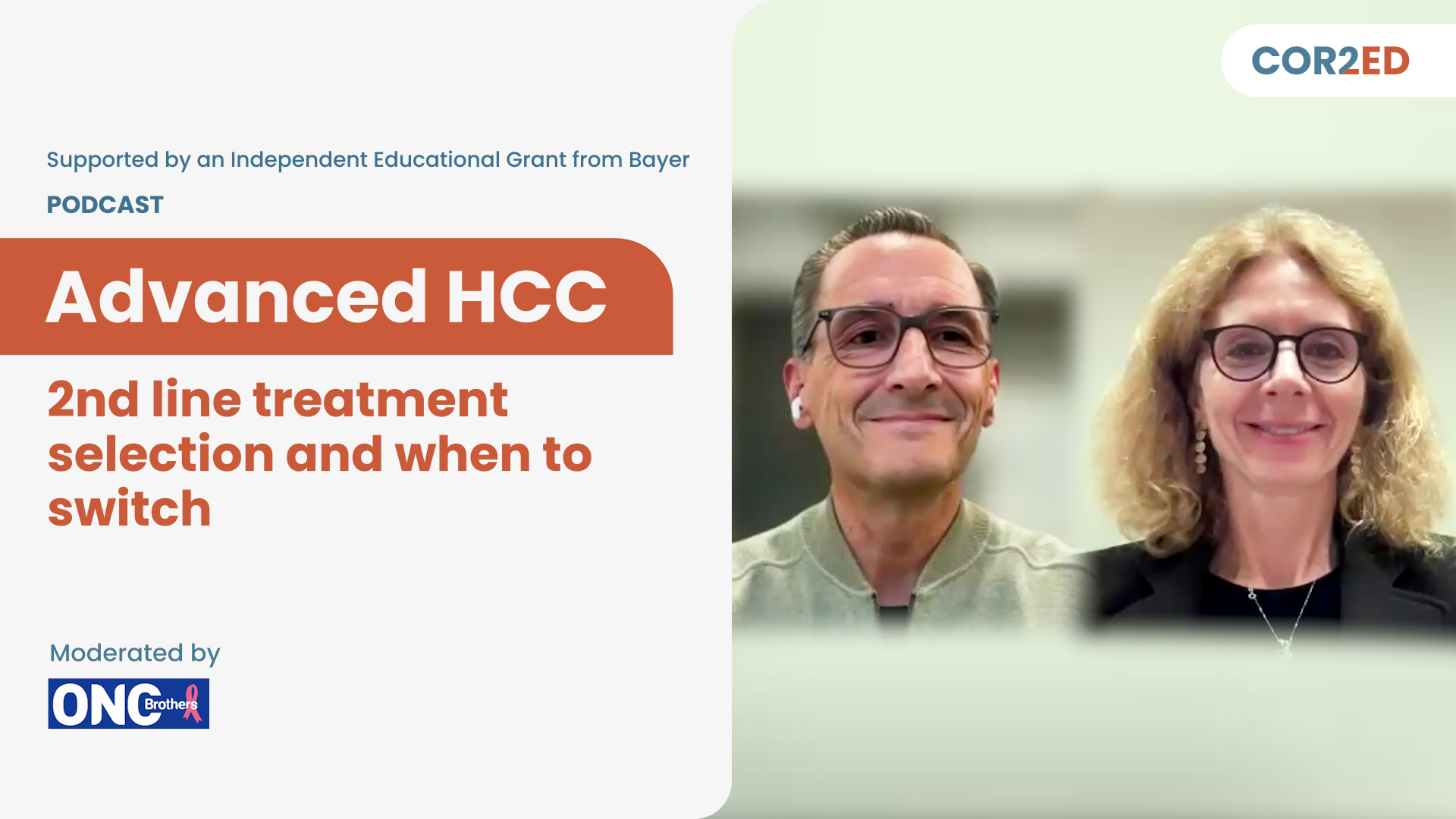
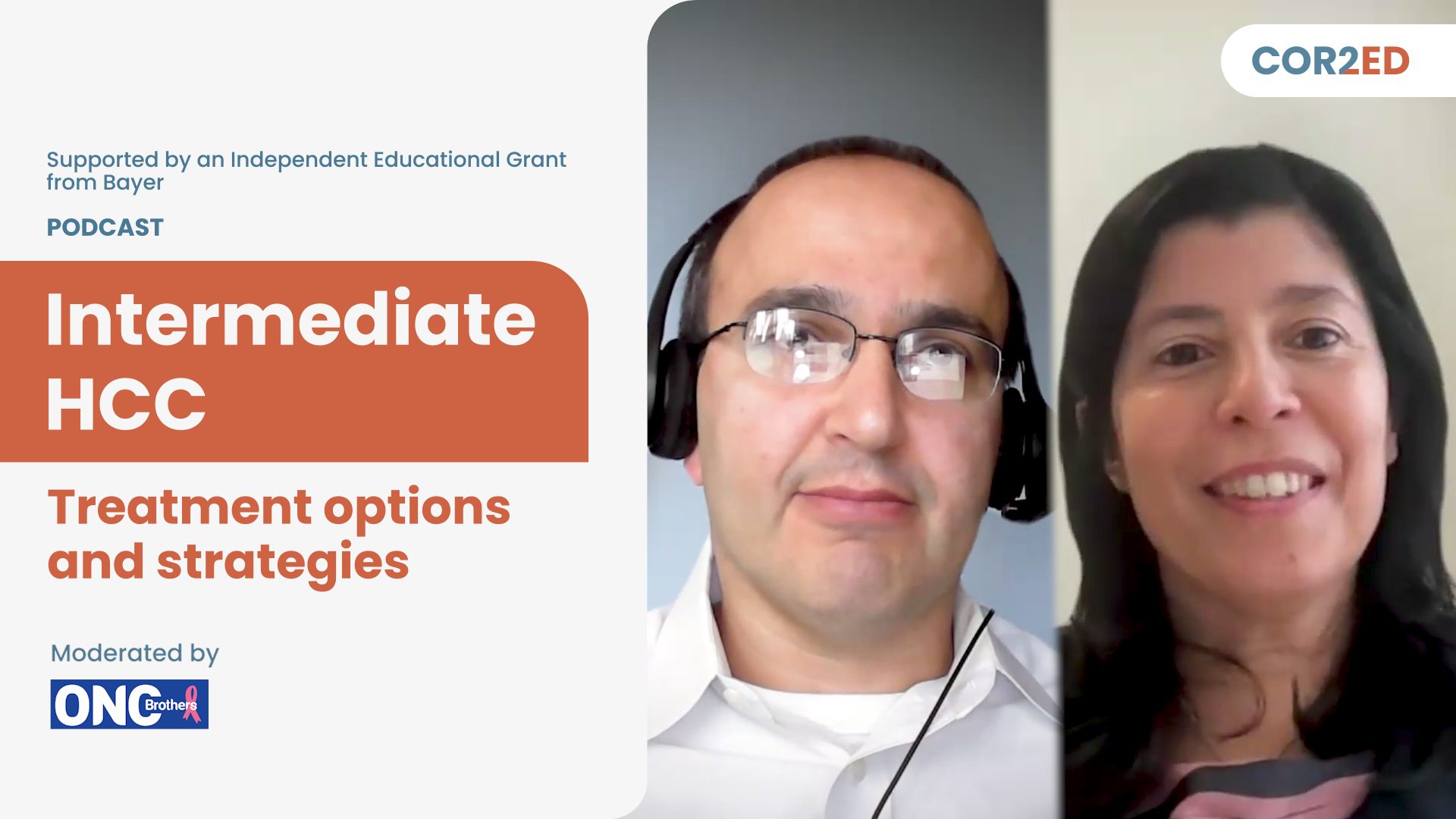
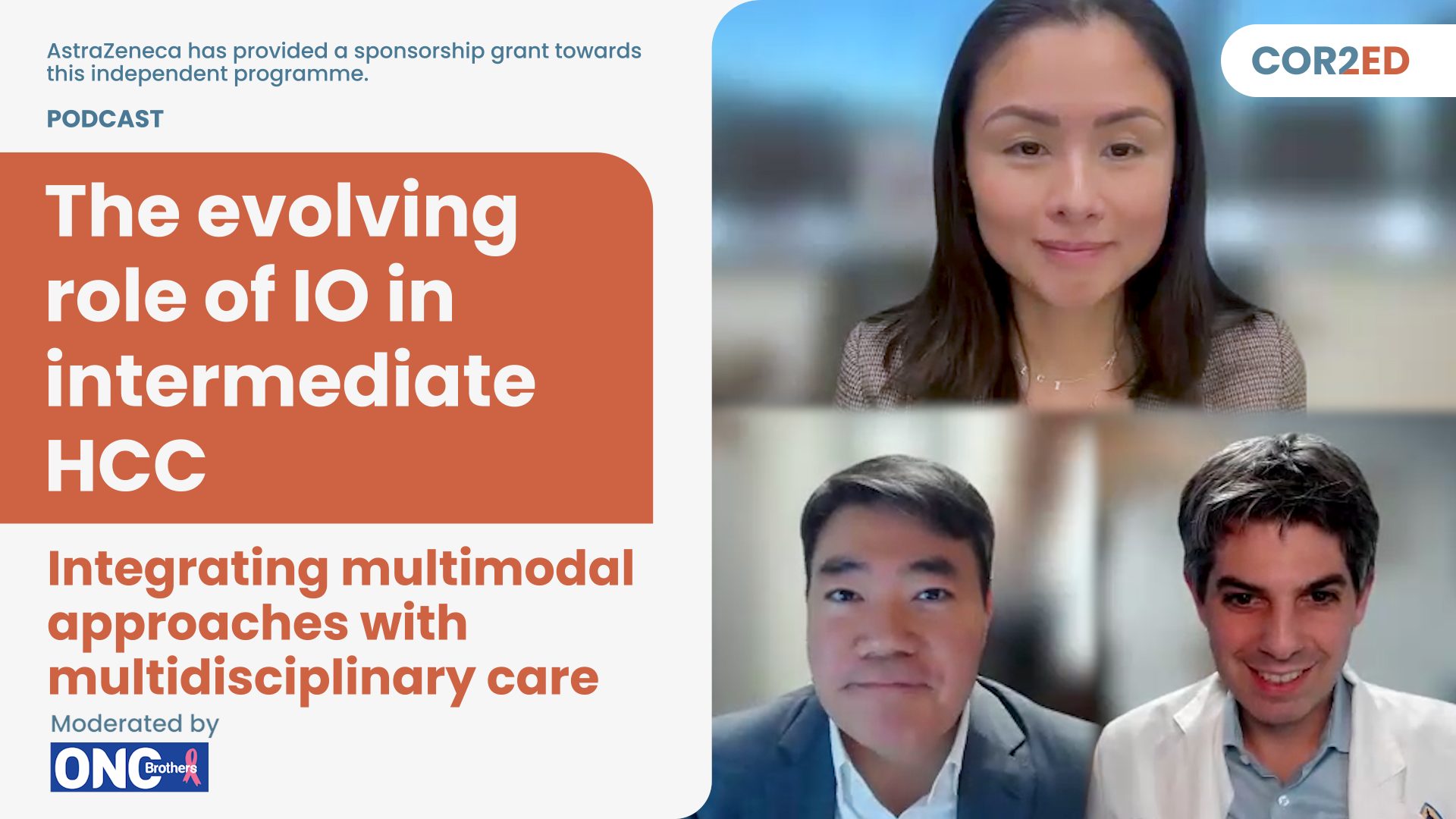


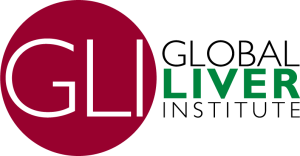
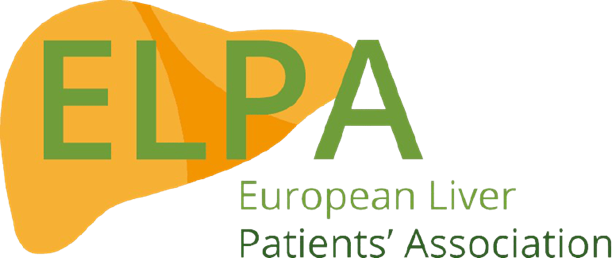
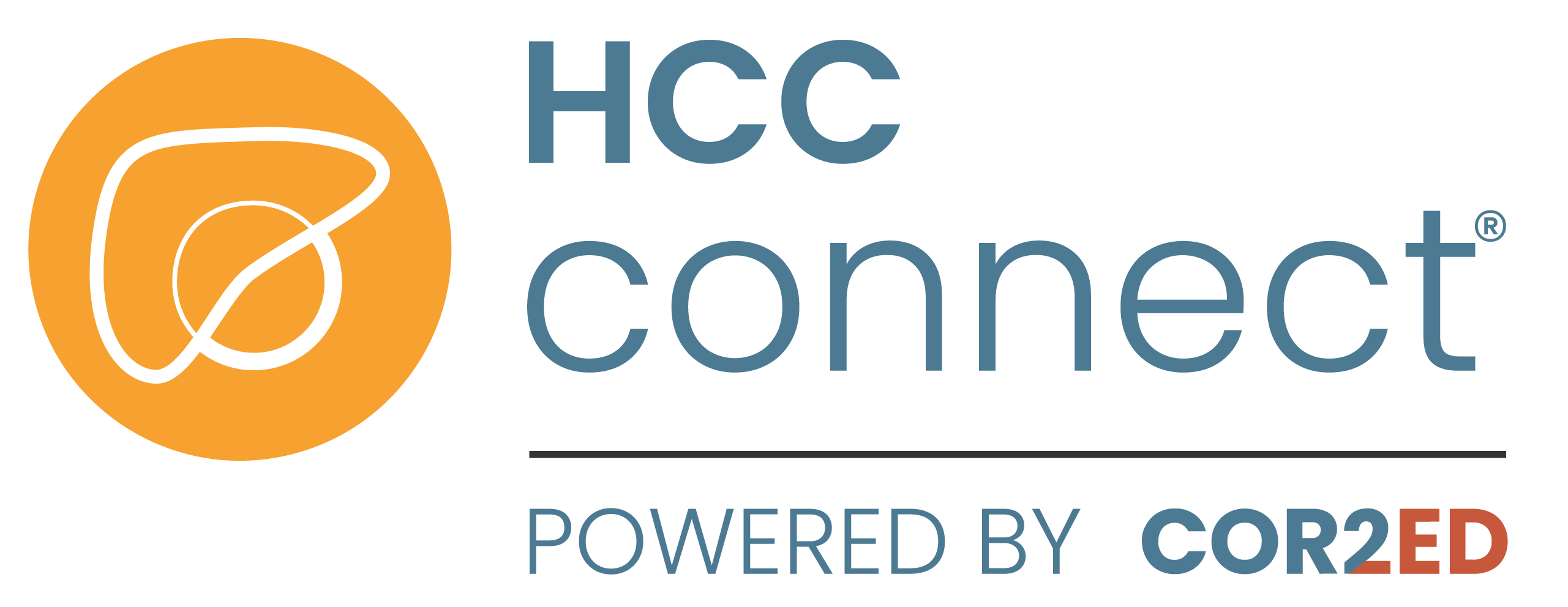
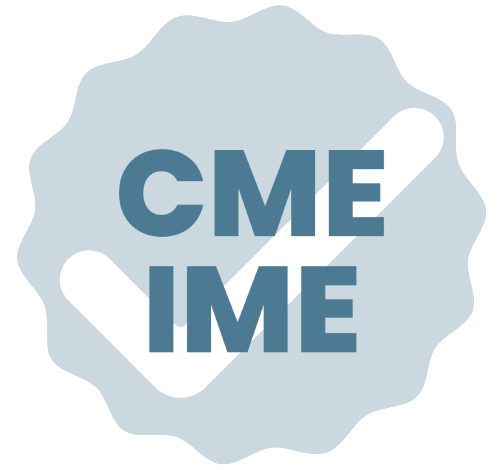

 Downloadable
Downloadable  6 MIN
6 MIN
 Dec 2025
Dec 2025 
